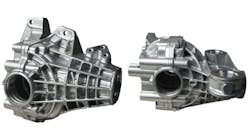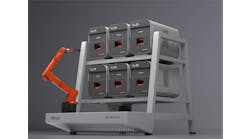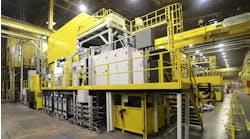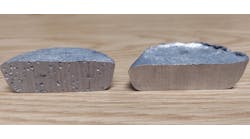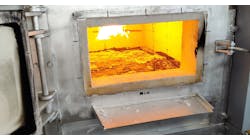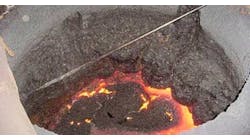At virtually every stage of the metalcasting process there are opportunities to create what will ultimately become a defect in the finished part. Often the defect is created much earlier in the process than where it manifests itself, meaning extra costs are spent on what is already a bad part. If it were simple to avoid doing this, no one would generate any scrap and all of us would have extra cash.
Defect prevention calls for focusing on the right elements of the process so that we can eliminate defects when and where they are most likely to occur, and then maintain the process across time and production runs. By way of lessons learned having worked on this for many years, here are some concepts and examples that I hope can be of value and applied more broadly to situations specific to your operations.
Start at the beginning
Eventually a defect will be visible in the final product. The part will be out-of-spec with a material or dimension, or have porosity that provides a leak path or leads to structural concerns. The key to effective elimination of the defect is to determine at what point it is occurring and why. We must start at the beginning of the process to eliminate root causes and avoid the potential for compounding effects downstream.
An example of this would be an alloy that includes contaminants that are getting through to the final stages of the process. If you are only focused on the end of the process, you’ll waste time and money trying to fix the problem that starts far upstream.
We have addressed this issue as part of our filtered launder-transfer system so that contaminants are filtered out of the process, effectively eliminating the root cause early in the process. By filtering the metal using ceramic foam filters that can be selected based on alloy qualities and the potential contaminants, we can be sure that we are sending clean metal downstream to the casting machine.
Look at each step
It is always tempting to skip ahead in life, but with molten metal this is always a mistake. Consider how metal is transferred downstream: if we do not do all we can to eliminate its exposure to air, or to introduce turbulence in the process, we will again increase the likelihood of defects that will not be discovered until later on in the process.
By using a launder transfer pump so that metal is transferred in a subsurface manner we can avoid the likelihood of oxidation, which will promote downstream metal quality and minimize metal loss. Combining a filter with the launder transfer pump, and then a well-designed launder that virtually eliminates oxidation, we can see how each step of the process becomes equally important for delivering clean metal to the mold and avoiding compounding problems.
Sequence is important
In our operations there are decisions as to how to sequence steps and where to introduce “quality impacting” processes. Using a filtered launder transfer pump to transfer metal either to a holding furnace, crucible or more directly to the point of casting is a sequence of quality-focused activities. For example, in an in-line transfer sequence that includes a degassing process prior to delivering metal to the casting machine can eliminate unwanted trapped gases that would be a source of porosity in the castings.
Avoiding defects requires a consideration of the whole transfer system. In most cases we need to identify the parts of the system that are fixed in place and determine how to overcome issues they may present. Experience matters, as over time we tend to see similar systems and can more effectively identify potential areas of defect creation and work to eliminate them.
In cases of filtered launder transfer, it may be necessary to raise the metal level to accomplish the transfer in the way that’s most conducive to quality metal and productivity. Likewise, the volume of metal to be transferred and how to maximize it while preserving the benefits of filtered metal is another detail highlighting the advantages of experience with molten metal transfer system design and installation.
While our example focuses on a process with which I am familiar, the concepts can be applied broadly. Adding value to a process or part that already has a defect will compound a bad situation, leading to scrap increases and cash flow decreases. It is vital to look at the entire process prior to defining and applying the technical details required to prevent complex defects.
Jeff Keller is the CEO of Molten Metal Equipment Innovations.


